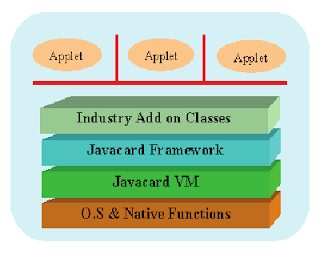What is Microsoft Power Platform
.jpg)
What is Microsoft Power Platform Microsoft Power Platform is a suite of low-code development tools that enables users to create custom business applications, automate workflows, and analyze data . It integrates seamlessly with Microsoft and third-party applications such as GitHub, Microsoft Azure, Microsoft Dynamics 365, and Microsoft Teams. The platform empowers users to streamline business processes, derive insights from data , and build tailored solutions for various business needs. It's designed to be accessible to users with different technical backgrounds, making it easier for organizations to develop custom apps and automate workflows without extensive coding knowledge. Microsoft Power Platform includes a low-code programming language called Power Fx, which helps users express logic across the platform. Products The Power Platform suite consists of the following products: · Power BI: A tool for vis...





